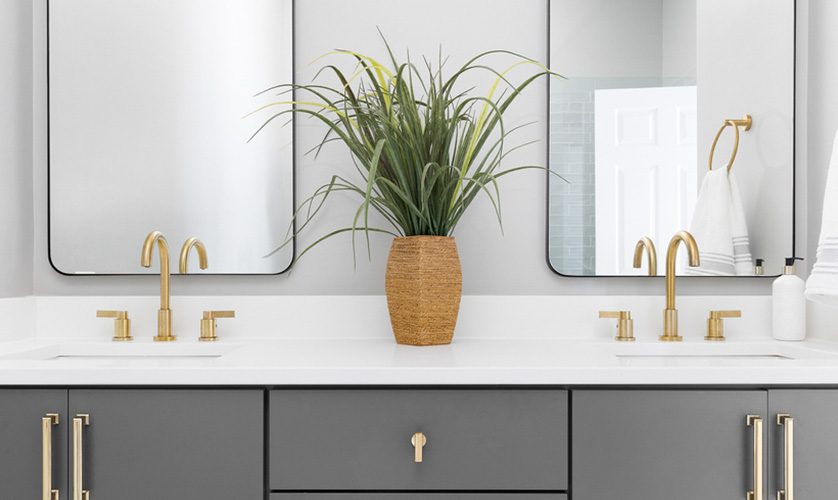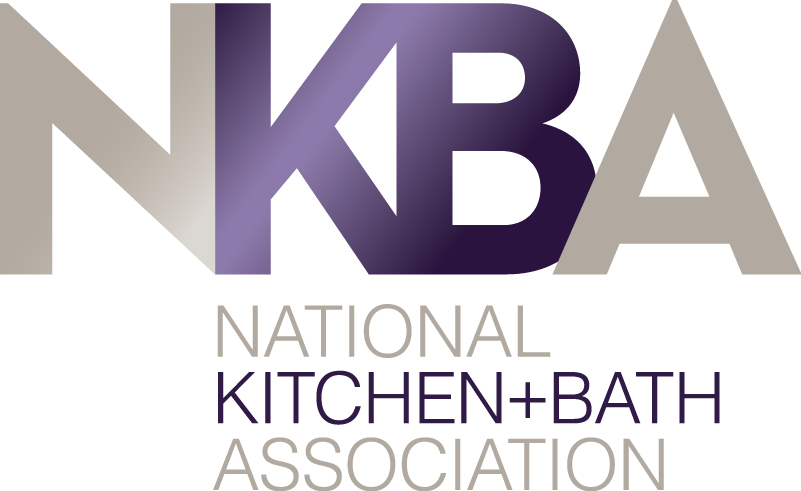
In today’s design world, the idea of mixing metal finishes in your home is more than just a passing trend—it’s a way to add depth, character, and personal style to your space. This approach is particularly effective in areas like kitchens and bathrooms, where metal fixtures are prominent. In this blog post, we’ll provide insights and recommendations on how to masterfully mix metals for a cohesive and stylish look in your home.
Basic Rules for Mixing Metals
Choose No More Than 3 Metals Per Room
The goal is to enhance the room’s design without overwhelming it with too many conflicting elements. Sticking to two or three metal finishes allows for variety while maintaining harmony. In smaller spaces like bathrooms, ask your bathroom contractor to use just two metals to prevent the area from feeling cluttered.
Pair Complementary Finishes
When selecting metals to combine, think about their undertones. Pair warm metals, like brass and nickel, with cool ones like chrome and silver for a balanced look. However, avoid mixing metals with very similar finishes, such as nickel and chrome, as this can look unintentional. Instead, aim for contrast and cohesion by choosing finishes that complement each other and the overall style of your room.
Group Items by Function
An effective strategy for mixing metals is to group them by their functional categories. For example, have your bathroom remodeler use the same finish for all your plumbing fixtures, another for your cabinet hardware, and a third for your lighting fixtures. This method ensures a deliberate and organized appearance, making the mixed-metal design look intentional rather than haphazard.
Mix Metals Like a Pro
Warm Up With Brass
If you live somewhere with a cool, coastal climate, incorporating warm metals like brass or gold can add a cozy, inviting feel to your space. Use these as accent metals against a backdrop of cooler tones like polished chrome for a striking contrast.
Include Local Style Influences
Drawing inspiration from local architectural and design styles can also guide your metal choices. For homes with a traditional New England aesthetic, consider classic combinations such as bronze and brass for a timeless look. Modern spaces might benefit from the sleek, contemporary appeal of chrome and black finishes.
Consider the Overall Color Scheme
Your room’s color palette can also influence your choice of metals. Cool-toned colors like blues and greens pair well with silver, chrome, and nickel, while warmer hues like reds and oranges complement gold, brass, and copper finishes.
Implementation in Specific Areas
Bathrooms
For bathrooms, a polished chrome shower system can be beautifully complemented by brass or gold light fixtures and cabinet pulls. This mix not only adds visual interest but also brings warmth to the space.
Kitchens
In kitchens, consider a stainless steel sink paired with a brass faucet for a chic, unexpected twist. Cabinet hardware in black or oil-rubbed bronze can add depth and contrast to the space, especially against white or light-colored cabinetry.
Let’s Start a Conversation!
Looking for a reliable bathroom contractor near me? Look no further than DreamMaker Bath & Kitchen of Southern Rhode Island. Whether you’re renovating a kitchen or a bathroom, our team is ready to help you navigate the exciting world of design choices—including how to mix metals tastefully and effectively. Call us today at (401) 399-3917 or visit our contact page to schedule a consultation. We serve homeowners in West Greenwich, East Greenwich, Exeter, Greene, Hope Valley, and the surrounding areas.




